-
What happened to Golden Slumbers
& that deep recharging sleep!
From memory, I slept for Australia up to my mid-forties, and then, slowly, my knockout hours deteriorated. What's with that waking at 2.30 am thing?
If you are over 40 and find that your once consistent sleep patterns are now somewhat irregular at best, know that a majority of Australians will naturally experience a decline in sleep quality with age.
The quality of sleep begins to decline in your late 20s, with deep non-rapid eye movement (NREM) sleep becoming shorter and less powerful. By your late 40s, you will experience 70% less deep sleep than you did as a teenager, and by age 70, you will have lost 90% of deep sleep. Regrettably, reduced NREM sleep impairs your ability to form new memories as you age, the experts say.
Experts say sleep quality typically declines for the following key reasons.

40 – 60yrs
🥴 Declining fitness & health generally
🥴 Greater mental & emotional stress
🥴 Increased daily caffeine and evening alcohol.
60-80yrs
🥴 Degeneration of the mid-frontal cortex that generates sleep
🥴 Weakened bladders causing night interruptions
🥴 Circadian rhythm shifting to earlier times
The counter
Firstly, the obvious,
🛌 Stick to a sleep schedule
🛌 Black out the bedroom and set the ideal room temperature (e.g 15’)
🛌 Avoid intense exercise late in the evening and the overheating that comes with it
🛌 Avoid caffeine after 9 am and evening alcohol (when resetting one's circadian rhythm)
🛌 Avoid heavier evening meals and later night sugar
🛌 Avoid afternoon napping and bedding too early in the evening with screen stimulation
🛌 Take an evening hot shower, before cooling and bedding
Then, secondly, after ticking all the boxes and you’re after supplemental help, consider;
💊 Warm milk & turkey
💊 Malt (e.g. Horlicks)
💊 Melatonin supplements
💊 Valerian Forte
💊 Restivit (antihistamine) – discussing with a pharmacist
💊 Prescription sleeping aid through your Physician.
-
The best $13.95 to free up my hip flexors!
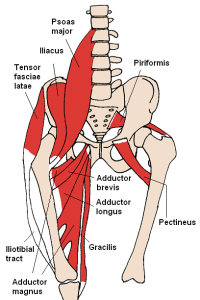
Hip flexors are the muscles that allow you to lift your legs, such as when you walk, bend forward, or lift your knees up to your chest. Your two primary hip flexors are the iliacus and psoas muscles, sometimes abbreviated to the “iliopsoas. While they are not considered primary joint movers, but supplementary and supporting movers, they still work hard.
If you sit for extended periods, like me, whether at a desk or, in my case, when riding bikes, your hip angle is consistently hinged. Having 'tight' shortened hip flexors can result in a sore back and generally poor posture.
Most muscles are easy enough to stretch, but the hip flexors are not as easy to release. While stretching the hip flexors by opening up the hip will offer some benefit, I find a trigger point release to be far more effective.
Enter my new $13.95 plastic hip flexor releasing tool - CLICK HERE
Place the pointy bits of the tool smack bang on the hip flexor tendons and let your body weight and gravity do the rest. And yes, it will feel uncomfortable at first. I typically find the tendons release after 2-3 minutes, with the pain lowering to 2/10.
Upon standing after a releasing session, my posture instantly improves, resulting in what felt like an additional inch of height. Perhaps most importantly, my lower back feels released.
-
Try this Japanese cleansing drink for a week!
The Japanese are statistically the healthiest nation on the planet.
They have the lowest percentage of metabolic disease and live the longest productively.
It’s no great secret. Highly manufactured food is scarce, and daily activity is compulsory in industry.
Also contributing to their extraordinary good health is the consumption of their timeless cleansing drink.
As a fun test, consume two cups (per day) of this mixture for one week and assess your health at the end of the week.
Ingredients
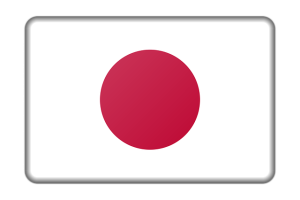
🍋 6 cups of water
🍋 3 cm ginger root, peeled & sliced
🍋 2 lemons, squeezed
🍋 1 tsp ground cinnamon
🍋 1 tsp organic honey.
🍋 Blended & refrigerated.
As it’s winter here in Oz, heat your cup mixture in the microwave for 45 seconds before drinking.
-
Can you 'still' wall hand stand?
Most people, at some stage in their lives, have enjoyed the ability to climb like a monkey. From climbing on furniture to swing sets and trees, spending time upside down was not only easy but also fun. However, as we grew older, we seemed to lose our balance, coordination, and sense of adventure.
A quick way to test your body's coordination and awareness of space is to try a wall handstand - when it is safe.
Despite its intimidating appearance, the wall handstand isn't as difficult as it looks. With a little confidence and proper technique, holding a wall handstand for a few seconds is well possible.
Note #1 (safety) – if it has been a while since you last attempted a wall handstand, I recommend asking someone to help you. Firstly, just for assurance, place a pillow under your head. Secondly, have someone support your legs during the kick-up phase and assist you as you come back down to the ground. Be sure to brace through your core as you straighten out your legs - this is key. Further, remember to lock out your shoulders, as your bones are stronger than your muscles - so use them.
Note #2 - don't attempt when drinking : that's most males 30-60.
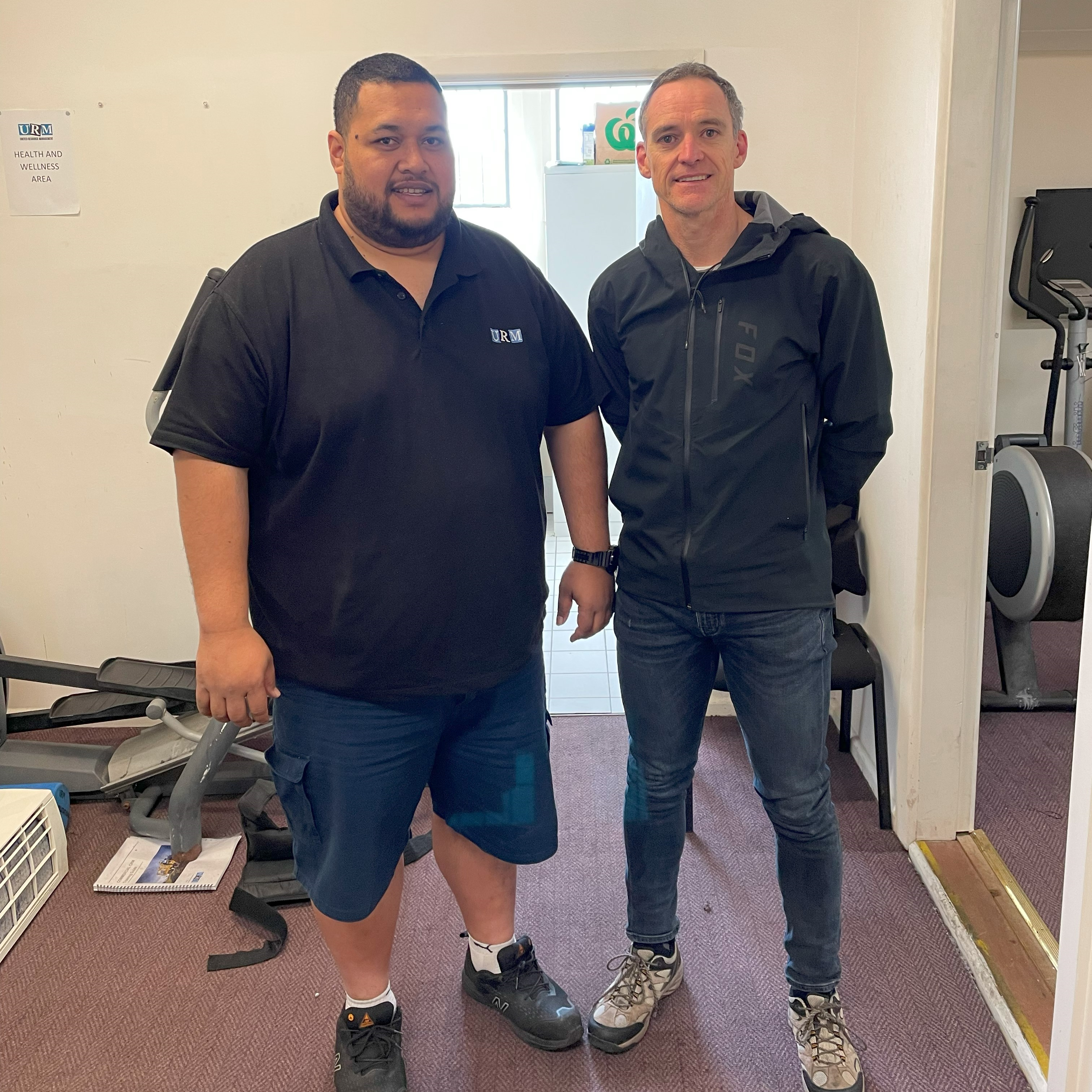
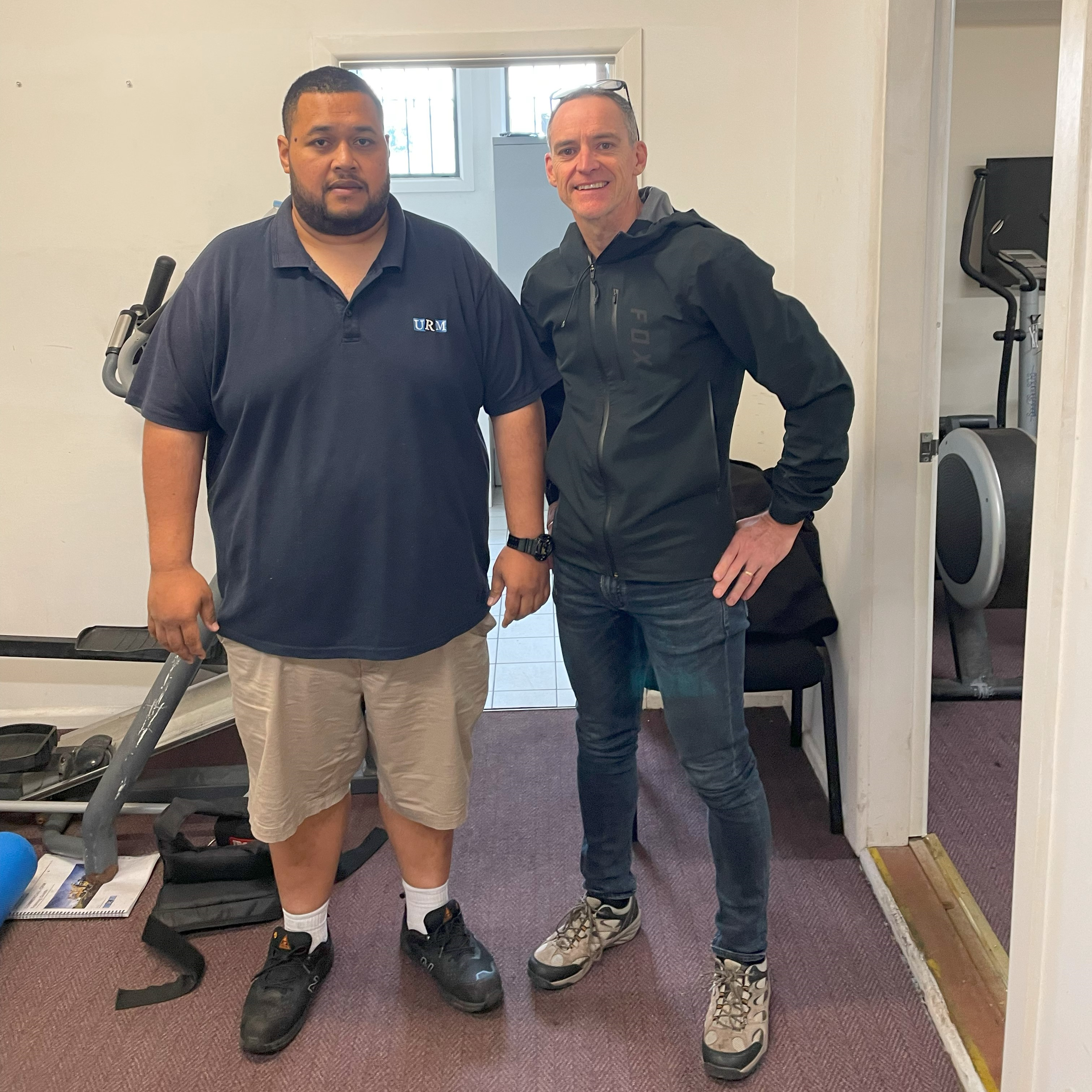
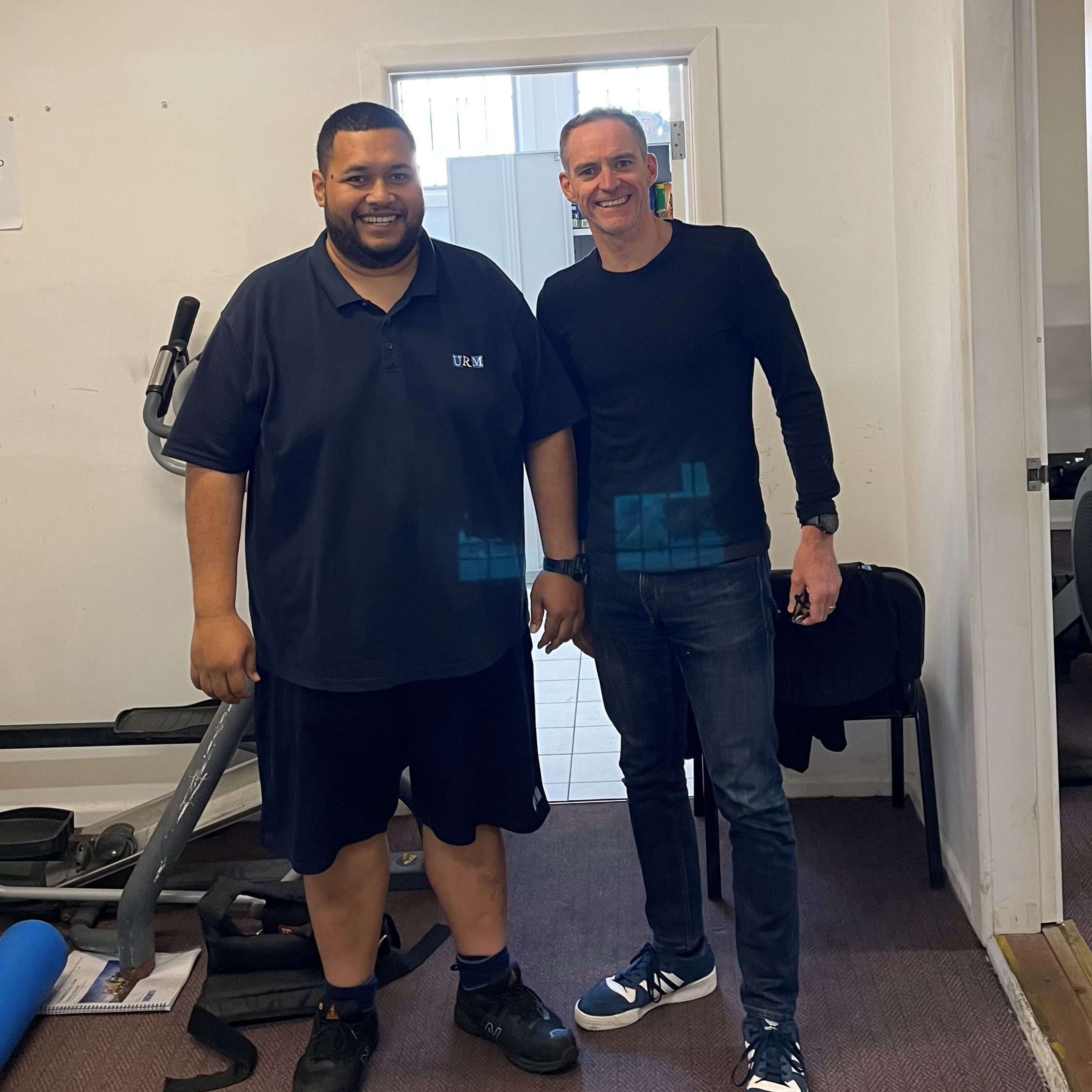

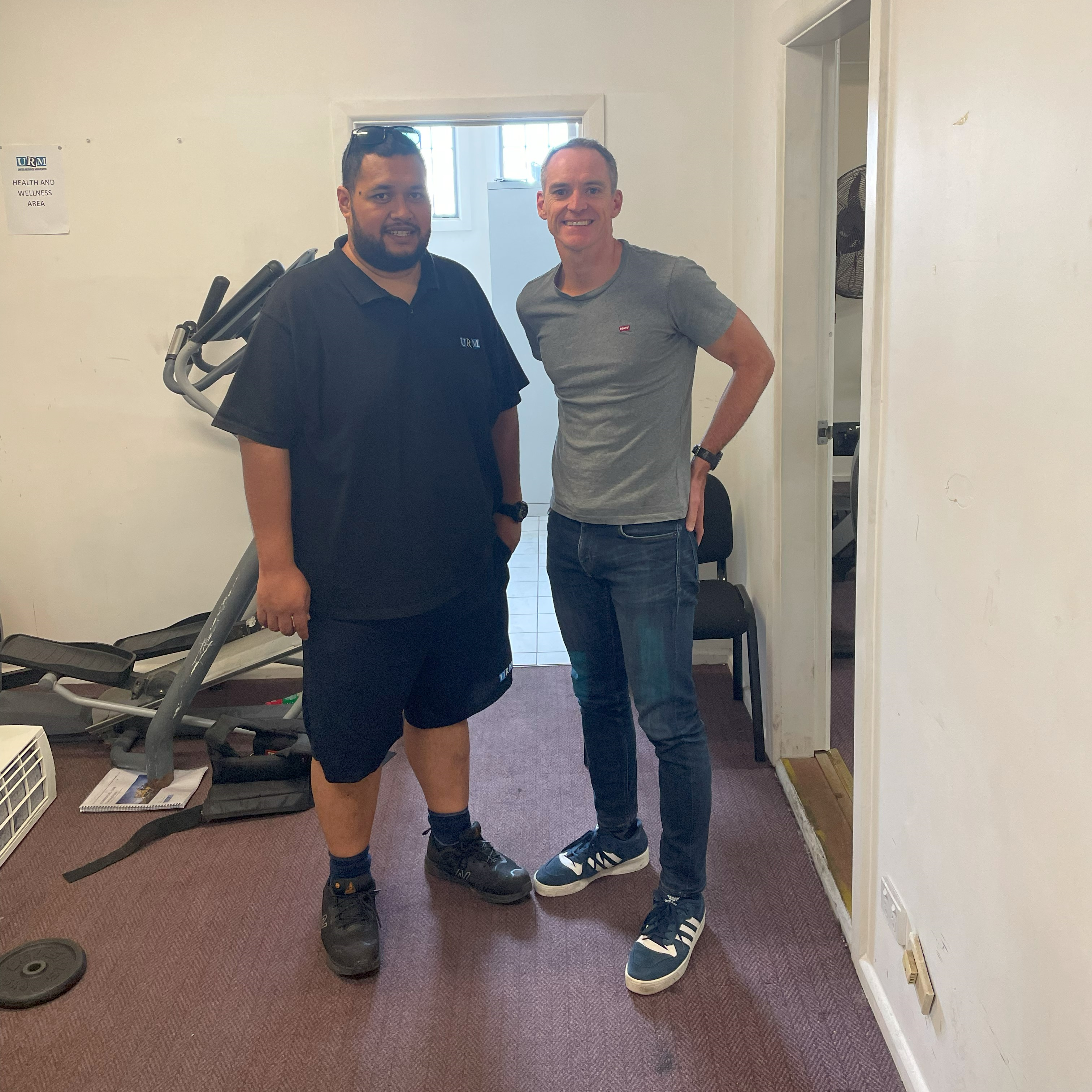
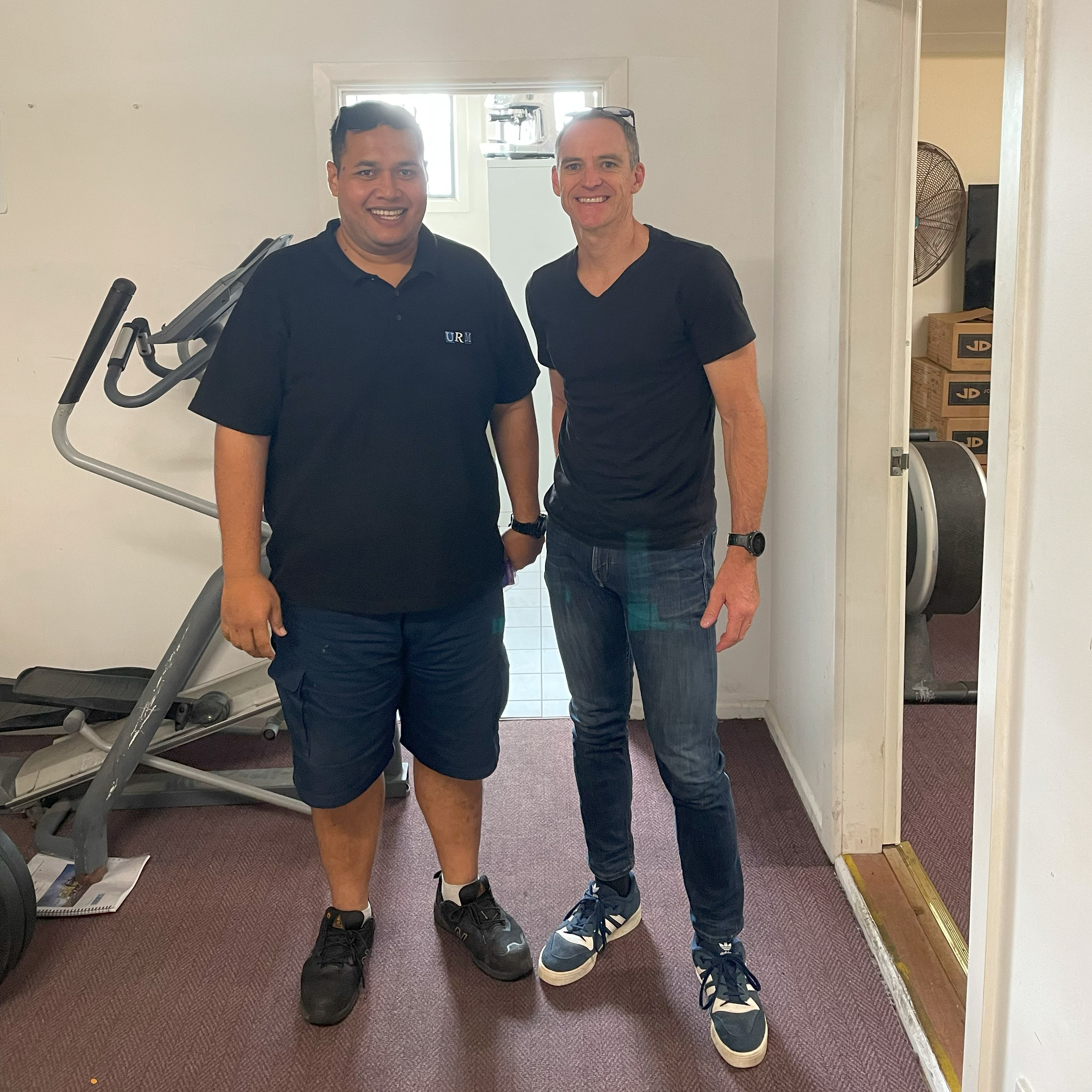
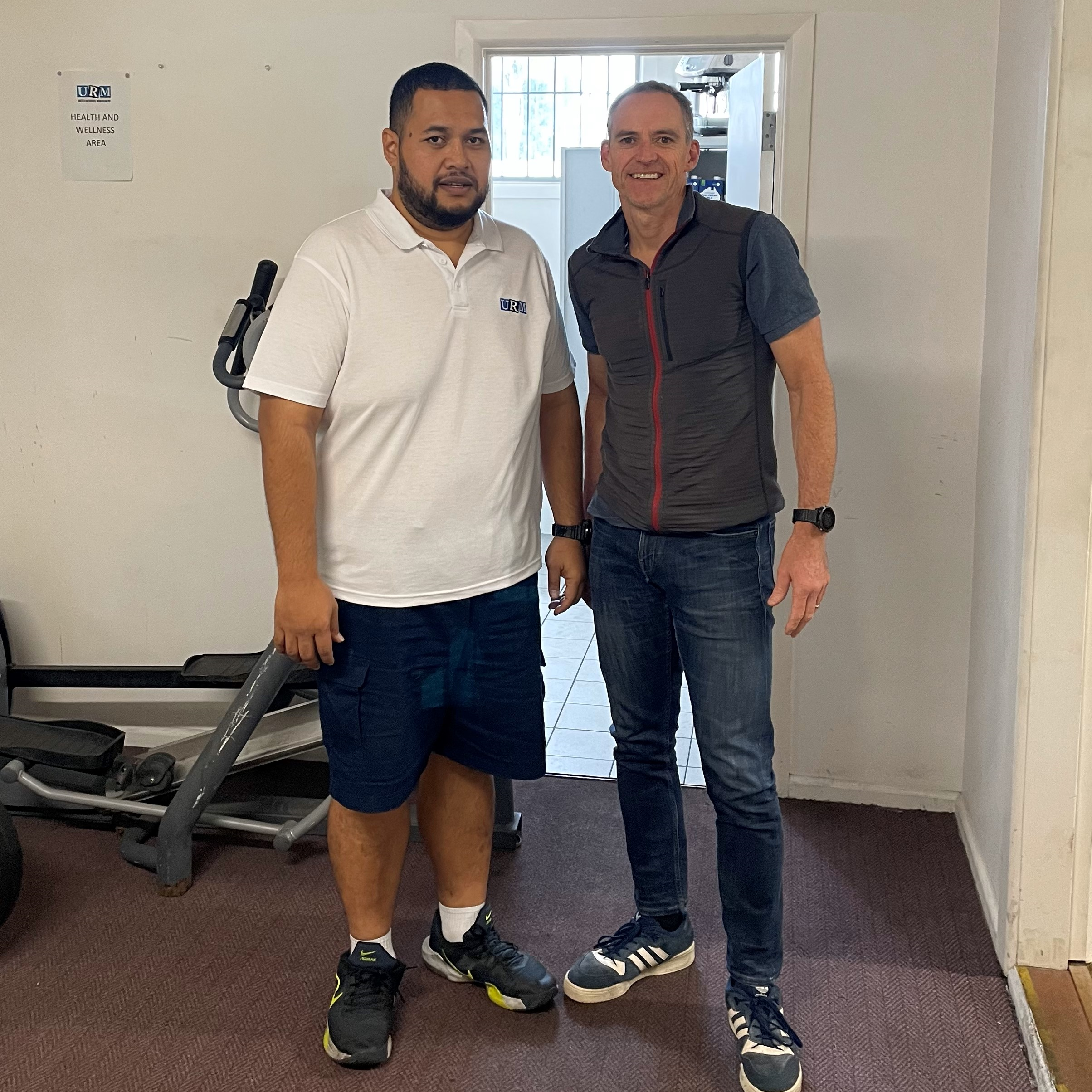
-
John, 34, is a mate. This is part 1/2.
As his body pain, fluctuating energy levels, sleeping difficulties, and changes in behavior increased, he bravely accepted the need for assistance and a likely shift in lifestyle. He shares below his initial health measurements, which are similar to 35% of the western population. His health indicators displayed signs of metabolic disease. Some indicators of poor health were evident, while others, particularly the more risky ones, were not apparent to him.
#
Assessment
Aus average
Risky
John
1
Blood pressure
135/85
150/95
145/98
2
Resting heart rate
75
90
94
3
Weight
-
105 (for John)
145
4
HbA1c Blood glucose
5.5
6.0
6.1
5
Triglycerides
1.95
2.20
4.2
6
Uric acid
5.8
7.5
9.6
7
HDL Cholesterol
0.9
0.8
0.9
8
Resting Blood lactic acid
1.0
1.2
1.3
His measurements suggested a potential reduction in lifespan by 26 years and a likelihood of experiencing inactivity, illness, and the need for costly medication in his remaining years. Elevated levels of blood glucose, triglycerides, uric acid, liver inflammation, regular gut irritation and weight pointed towards metabolic disease. The metabolic outcomes he will most likely face will be non-alcoholic liver disease (inflammation), diabetes, stroke and dementia. His increasing weight doesn't mean he faces metabolic hazards. His increasing insulin sensitivity does.
John’s ancestors were healthy, fit, and free of medication. He enjoyed typical sports in his youth and has little interest in alcohol.
So, how did John’s health decline so early in his life?
John has consumed ultra-processed food for a significant portion of his life. Ultra-processed food contains multiple manufactured ingredients, including processed sugar, additives like flavourings and colourings, emulsifiers that change the texture in the mouth, manufactured fats, processed salt, and preservatives. This type of food is easily accessible, affordable, and highly addictive, and John’s prevailing consumption shows in his poor, risky, and declining health metrics.
Unfortunately, John's South Pacific Island heritage makes him less tolerant of ultra-processed foods than anywhere else in the world. 85% of South Pacific islanders, when exposed to the Western industrialized diet, suffer from metabolic disease and insulin intolerance.
The amount of ultra-processed food (UPF) consumed determines the level of harm done, and continuous consumption can cause irreversible damage.
John consumes obvious poor (UPF) choices from mass-produced commercial chains and pick-me-up food from service stations. However, he is also against it, with 73% of supermarket food containing ingredients that constitute ultra-processing. The combination of processed food and continuous sugar consumption is causing harm to John. Sucrose, commonly known as sugar, is made up of 50% fructose and 50% glucose. It is the fructose portion that is most egregious to John's health. While fructose is naturally found in whole fruits which can be a health benefit, fructose is not essential for human survival. The real concern arises from industrialized sugars like high fructose corn syrup (and the other 206 alias names), which are included in 70% of supermarket products and can lead to spikes in blood glucose levels and increased insulin response.
When John consumes sugar, his body produces elevated blood sugar levels, leading to insulin release to detoxify his blood glucose. Excess energy is stored as fat, causing inflammation and affecting various organs. Elevated blood glucose levels can negatively impact John's health by affecting the function of his mitochondria, which are essential for good health.
Consuming excessive fructose has been shown to limit healthy growth and contribute to fat storage that cannot be used for energy. John prefers to eat food that is quickly digested and leaves him feeling hungry soon after, causing increased hunger and weight gain despite consuming more calories than he needs. Energy drinks, soft drinks, and fruit juice are known to be the most problematic in this regard.
Given John's addictive food choices and their influence on his reward system (much like hard drugs), and his (well-practised) lifestyle, the question becomes, how can he overcome this addiction?

